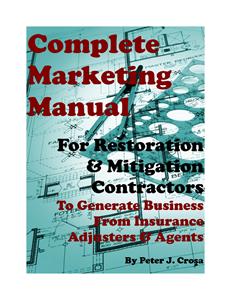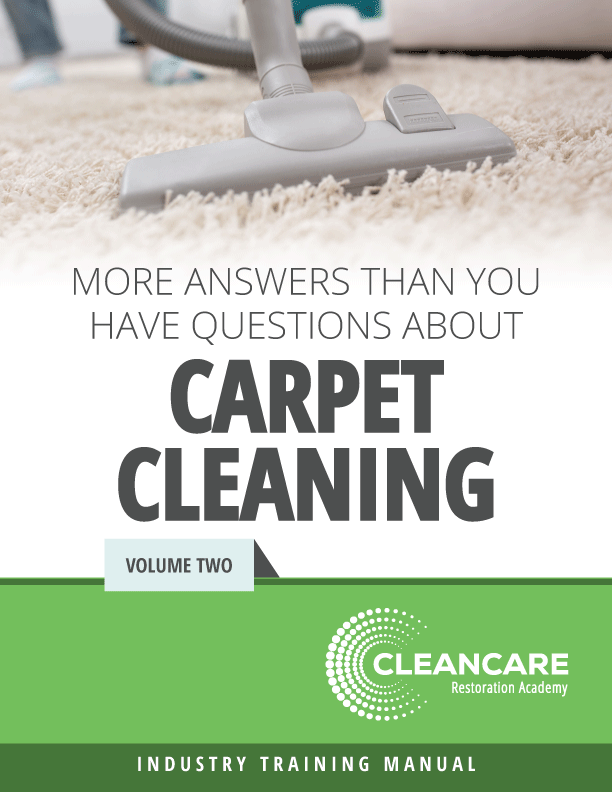News Headlines
Centers for Disease Control and Prevention Offers Guidance on Flooding
Consumer Guide Offers Tips for Flooding Risks

The Centers for Disease Control and Prevention (CDC) has released a public service announcement for consumers regarding flood risks. The guidelines offer information about flood warnings, coping with floodwaters, and reentering the home after the event.
The CDC Emergency Partners Information Connection (EPIC) notes, weather-related incidents such as flooding can pose a public health threat. Flooding occurs in every U.S. state and territory and is the most common of all weather-related natural disasters. Floods can happen during heavy rains, when ocean waves come on shore, when snow melts quickly, or when dams break. CDC works to reduce harm and protect lives by helping communities prepare for, respond to, and recover from emergencies.
Floods, big or small, can be devastating for homes and families. What can individuals do to stay safe and protect their health from the dangers of flooding?
Know the Types of Alerts
Before and during a flood, emergency alerts might be broadcast on television, radio, or cell phone. The level of risk is greatest with flood warnings. Stay informed and understand the different types of alerts:
- Warning: Flooding is expected to occur or is already occurring in the area or nearby, and its impact may be serious.
- Advisory: Be Aware. Flooding is not expected to be bad enough to issue a warning. However, it may cause significant inconvenience, and can become dangerous.
- Watch: Be Prepared. A Flood Watch is issued when conditions are favorable for flooding. It does not mean flooding will occur, but it is possible. (Adapted from Flood Warning VS. Watch, at weather.gov)
Cell phone users are urged to download the free FEMA Mobile APP to receive real-time weather alerts, locate emergency shelters in their area, prepare for common hazards, and more.
Protect Your Health from Floodwater Hazards
The initial damage caused by a flood is not the only risk. Standing floodwater can also spread infectious diseases, bring chemical hazards, and cause injuries.
Floodwater can pose a drowning risk for everyone— regardless of their ability to swim. Swiftly moving shallow water can be deadly, and even shallow standing water can be dangerous for small children. Always follow warnings about flooded roads. Don’t drive in flooded areas—cars or other vehicles won’t protect against floodwaters. They can be swept away or may stall in moving water.
If it is necessary to enter floodwater, wear rubber boots, rubber gloves, and goggles. Wash with soap and clean water as soon as possible any part of your body that touched floodwater. If you don’t have soap or water, use alcohol-based wipes or sanitizer. Take care of wounds and seek medical attention if necessary. Wash clothes contaminated with flood or sewage water in hot water and detergent.
Be Safe When Reentering a Flooded Home
When a home has been flooded, it may be contaminated with mold or sewage, which can cause health risks for family members. After returning home, if the home was flooded, practice safe cleaning. Remove and throw out drywall and insulation that was contaminated with floodwater or sewage. Throw out items that cannot be washed and cleaned with a bleach solution, such as mattresses, pillows, carpeting, carpet padding, and stuffed toys. Temporarily store items outside of the home until insurance claims can be filed. Clean walls, hard-surfaced floors, and other household surfaces with soap and water and disinfect with a solution of one cup of bleach to five gallons of water.
CDC Emergency Preparedness and ResponseLooking for a reprint of this article?
From high-res PDFs to custom plaques, order your copy today!






